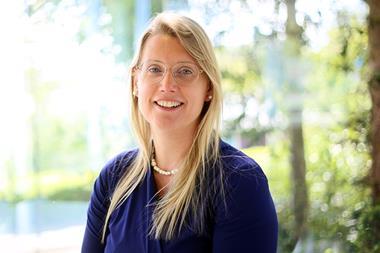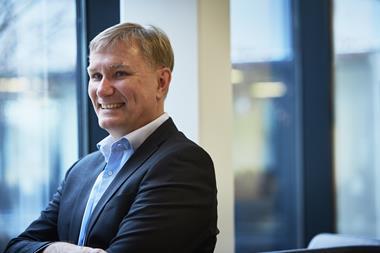Swiss pension funds will likely continue to adjust their strategic asset allocations (SAA) to reach their targets for bond investments, as current allocations are well below the mark, Iwan Deplazes, head of asset management at Zürcher Kantonalbank, told IPE.
Swiss Pensionskassen currently invest 27.1% of their assets in bonds, against a target of 30.4%, according to the Schweizer Pensionskassenstudie 2023 published last week by Swisscanto, the asset management arm of Zürcher Kantonalbank.
Looking at the average asset allocation of pension funds, the trends of previous years appear to continue, at least in part, with an increase in the share of investments in real estate, and a higher allocation to alternative investments.
Last year, Swiss pension funds invested 27% of assets in real estate, up from 24.6% in 2021; 31.1% in equities, down from 33.8% in 2021; 27.1% in bonds, down from 27.4% in 2021; 6.2% in alternatives and 4.6% in cash, according to the report.
“For alternative investments, whose returns had a positive impact on overall [pension fund] performance, given the challenges in 2022, the current allocation stood at 6.2%, and the target of 5.6% is already close,” Deplazes added.
In real estate, 56% of the Pensionskassen surveyed in the study have expanded investments leveraging a rule allowing an allocation increase. The share of real estate investments rose significantly, pushed by direct real estate holdings.
“Therefore, it is possible that pension funds will now at least call into question [their approach] of continuously increasing their real estate [allocations],” Deplazes said.
Adjustments to real estate allocations are primarily carried out via the liquid market sector of listed real estate funds, he added.
The report underlined that changes in allocations last year were primarily market-related, with equities and bonds being hit by heavy losses, but benefitting from real estate and alternative investments, such as private equity.
According to the study, 17% of the pension funds surveyed have adjusted their strategic asset allocation, and 35% changed allocations tactically.
“It is to be expected that pension funds will make further adjustments following the audited annual results for 2022, which will be based on new medium and long-term earnings expectations for the asset classes,” Deplazes said.
Returns
Swiss pension funds returned -8.8% last year, and applied an interest rate on capital saved by members of 1.9% on average. Returns ranged from -16.2% to -1%.
In the study, around half of the pension funds expected returns, based on their investment strategies, of between 2% and 3%. More than a third of the schemes were optimistic that they could achieve a return of over 3%.
Only 11% of the Pensionskassen surveyed expects returns of less than 2%, compared with 17% of Pensionskassen in the previous year. “The turnaround in interest rates has apparently led to new optimism,” Deplazes said.
The funding ratios of private pension funds have continued to improve this year, reaching 112.5% in the first quarter, compared with 110.1% at the end of last year, according to the report.
Many private pension funds are well positioned to face challenging times, with around one third having a funding ratio of over 115%, while in the case of multi-employer pension institutions, only about half as many are in such a good position, the study showed.
Swisscanto also noted that 37% of the pension funds surveyed have anchored ESG criteria in their investment rules and decisions.
The study analysed 472 pension schemes covering approximately four million members, and CHF738bn (€759bn) in assets under management.
The latest digital edition of IPE’s magazine is now available

















No comments yet